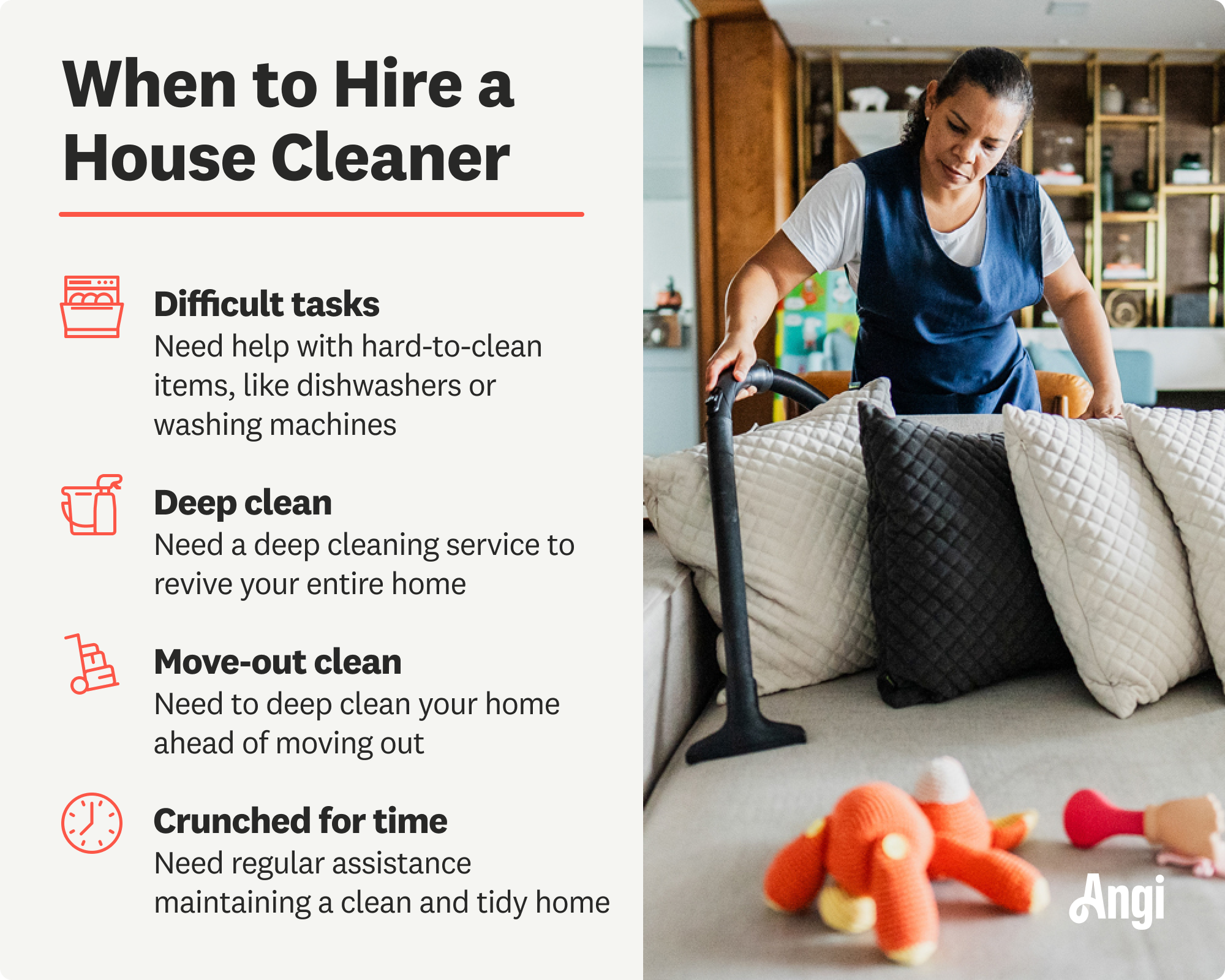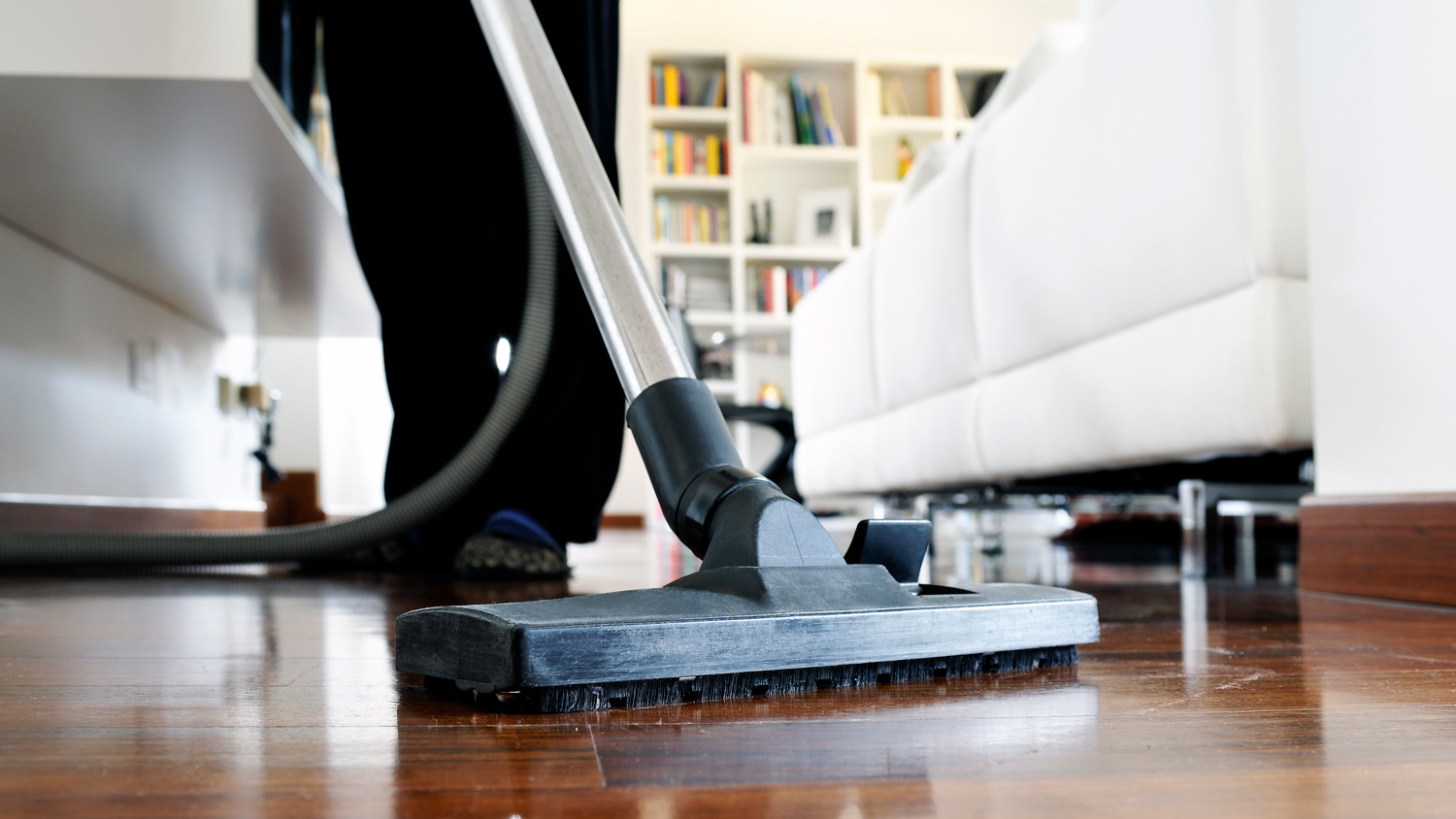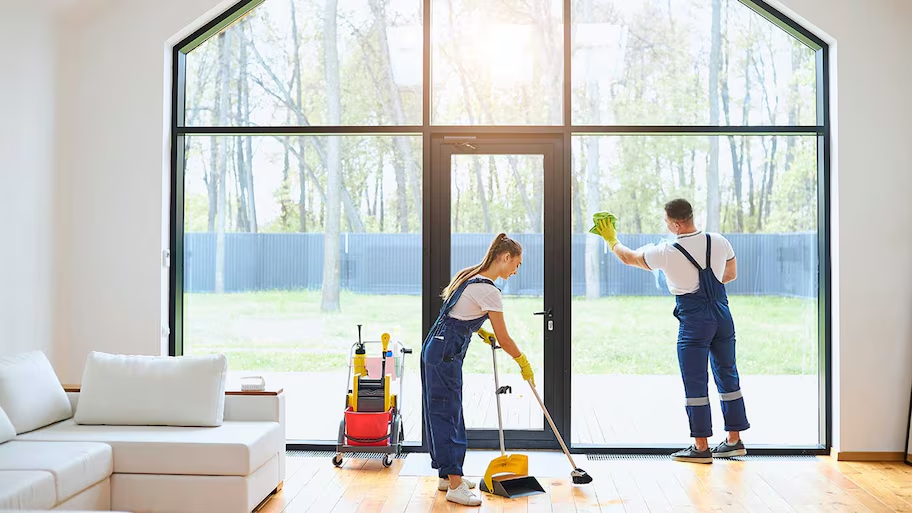
Mattress cleaning cost depends on the number of mattresses being cleaned and the size of each. Use this guide to better understand mattress cleaning prices.
Vacuuming might suck, but it pays to stick with a schedule


You should vacuum high-traffic areas twice per week, including the living room and stairs.
Low-traffic areas, such as the basement, need less frequent vacuuming, about once per week.
If you have pets that shed, plan to vacuum carpeted areas daily to reduce pet hair.
Regular vacuuming prevents scratches on wood floors and reduces dust and allergens.
If you’re not a fan of vacuuming, you might put it off until you see unsightly piles of dust bunnies. However, getting into a routine and vacuuming the right way doesn’t just help keep your house looking tidier—it can lengthen your floor's life span and improve indoor air quality. Here’s the scoop on how often you should vacuum for a healthy, happy home.

How often you vacuum your home depends on various factors, but making time to run this appliance over your floors at least once or twice a week is a good starting point. Doing this helps prevent grimy, abrasive particles from causing wear and tear, setting off allergies, and being more challenging to suck up.

While scheduling weekly suctioning is a good baseline, consider the following factors when determining exactly how often you should vacuum.
A bustling family household—with crumb-dropping toddlers and kids dragging dirt through the entryway—will benefit from vacuuming a few times a week. This is especially true in high-traffic spaces, like the living room, hallways, and bedrooms.
To cut your workload, wait a couple of weeks to vacuum the spare room or the dining room you only use on Thanksgiving.
Hardwood, tile, and laminate floorings typically need less vacuuming than carpets and area rugs. Dust and damp debris can bury their way into carpet fibers. When left too long, they become breeding grounds for bacteria and bad odors, and abrasive grit and other particles can wear the pile. Vacuuming in a high-traffic area at least twice weekly and choosing a carpet with a lower pile can help.
You might only have to vacuum hard flooring once weekly to banish dust bunnies. A quick sweep and mop also helps keep the surface and any crevices clean and free from gritty scratches.
A house with hair- and dander-dropping pets might need vacuuming every two or three days. Daily vacuuming could be necessary to get rid of pet hair from a constantly shedding dog or one who’s always trailing dirt in.
If anyone in the home has allergies, asthma, or other respiratory issues, vacuuming daily or at least a few times a week is a sensible precaution. The more you can reduce the dust in your home, the better. More frequent vacuuming also makes sense when you have curious, crawling babies who put everything in their mouths.
Research shows that using a vacuum with a HEPA filter can help reduce irritants more effectively.
You might need to boost your vacuuming schedule at certain times of the year. That could include hot, dusty summers when the windows and doors are open, during the spring allergy season, in the fall when pets have their seasonal coat blowout, or in winter when muddy, salt-encrusted boots are being tracked across your floors.
Where possible, avoid vacuuming after dark. Artificial light can make it harder to see if you’re sucking up all the dirt, and your neighbors might not appreciate the sound of this noisy appliance.
Given how often you need to vacuum, it’s handy that this chore doesn’t cost anything to tackle. Once you’ve invested in a quality vacuum cleaner, provided you maintain it properly, you shouldn’t have to replace your vacuum for at least 5 to 10 years. The average cost of a mid-range vacuum cleaner is $200 to $600.
Vacuuming is a job most homeowners can tackle. If you hate housework, have a busy schedule, or have mobility concerns, consider hiring a local cleaner to take over this task—and any other essential household cleaning duties. The average cost to hire a cleaner is $175 per visit.
From average costs to expert advice, get all the answers you need to get your job done.

Mattress cleaning cost depends on the number of mattresses being cleaned and the size of each. Use this guide to better understand mattress cleaning prices.

Garage clean-out costs vary considerably depending on the garage size, the waste type and amount, and how much work you do yourself.

Hiring a house cleaner frees up your schedule and keeps your home spotless. The cost to hire a house cleaner depends on the size of your house, your schedule, and who you hire. Use this guide to understand typical house cleaning prices better.

Tired of finding hard water stains around your home? Learn how to remove hard water stains from toilets, shower doors, counters, and more.

The benefits of steam cleaning your home are abundant, and you’ll wonder why you didn’t do it sooner. However, you must learn which materials cannot be steam cleaned.

If you’ve just installed new tiles only to find them covered in a dull film a few days later, don’t panic. We’ll show you how to remove grout haze promptly and effectively.